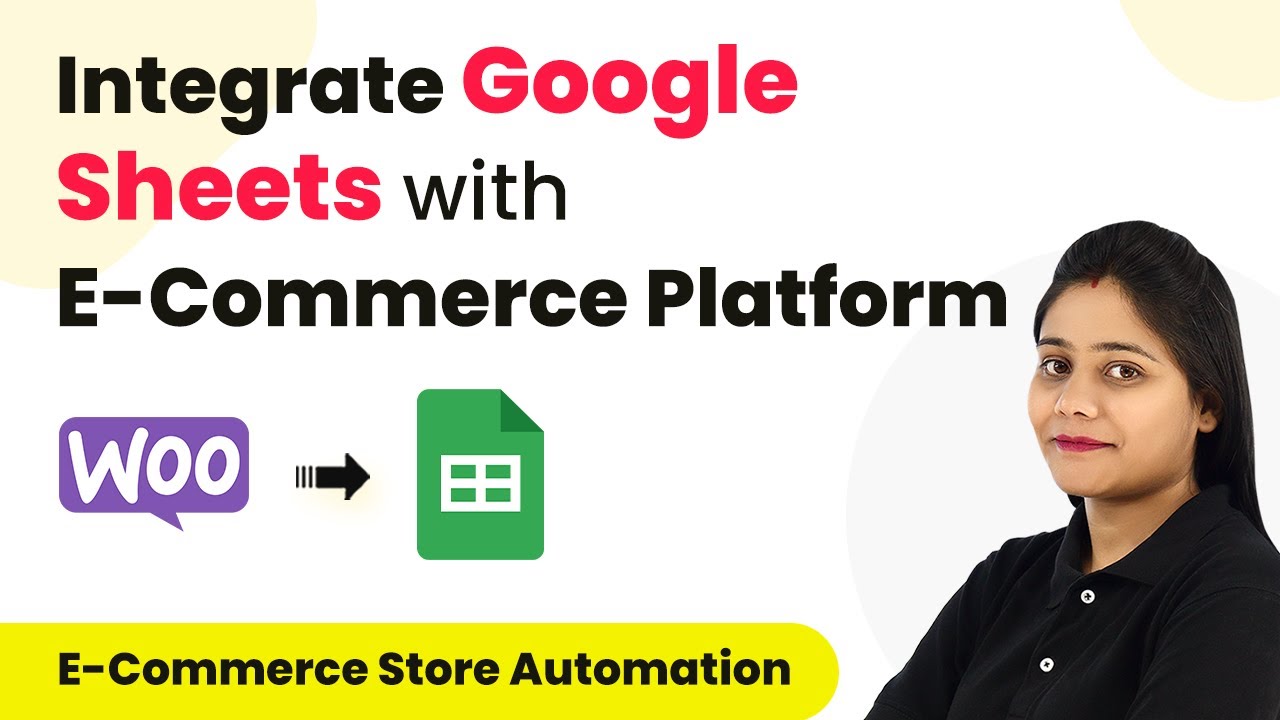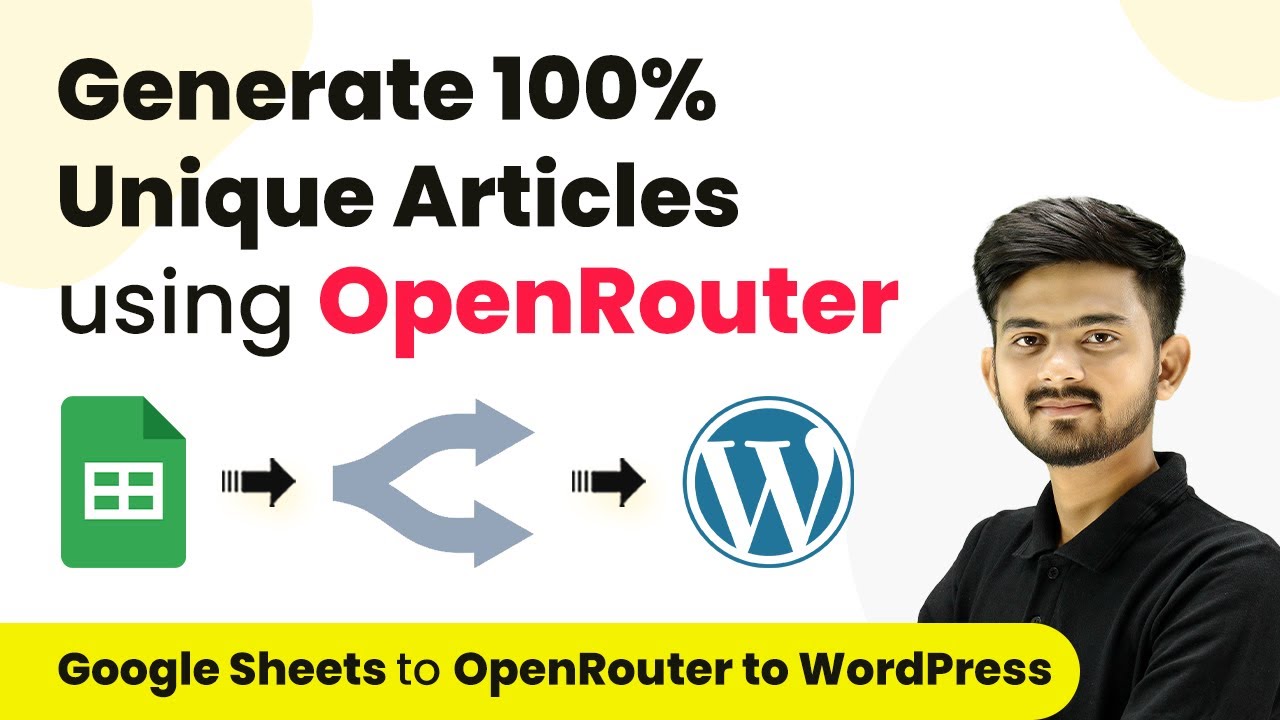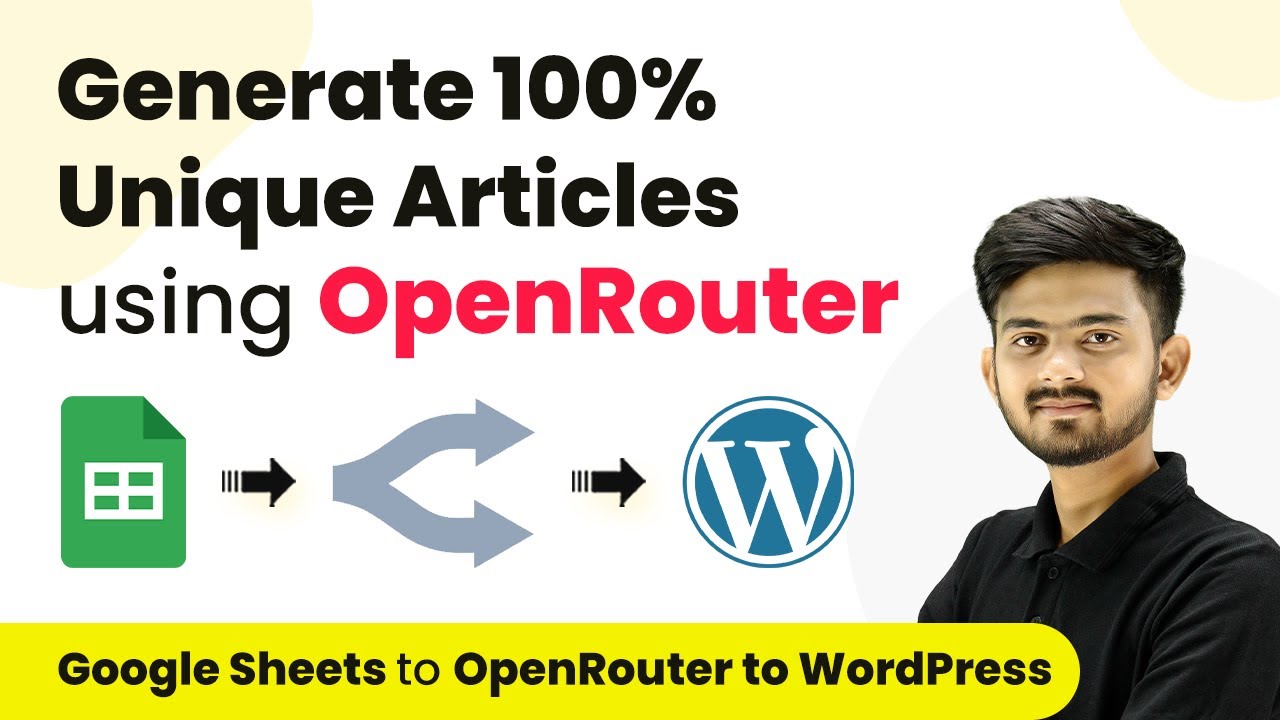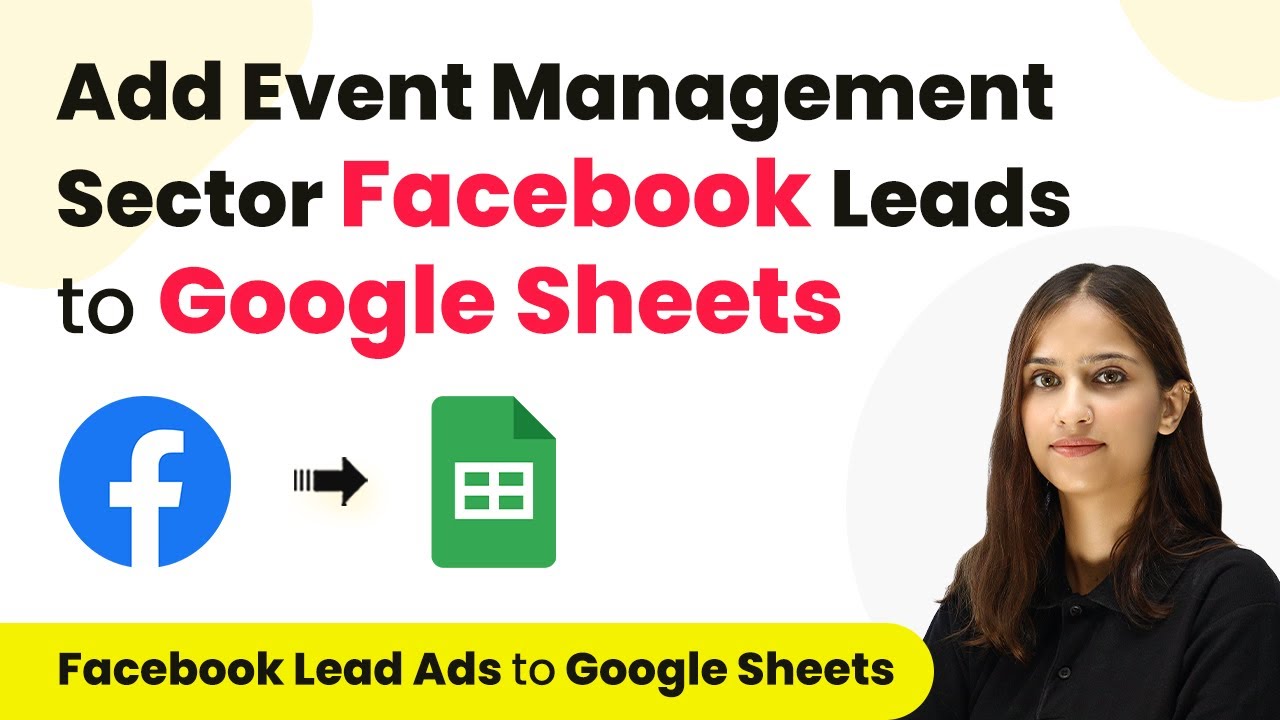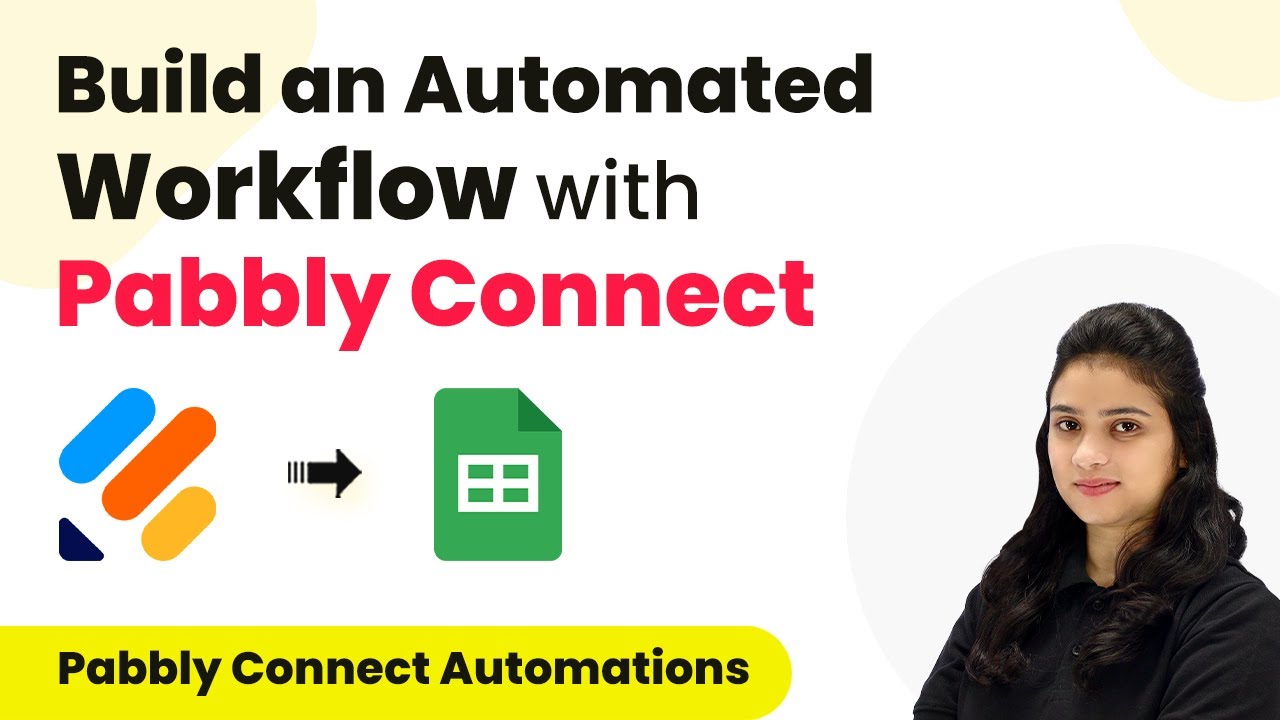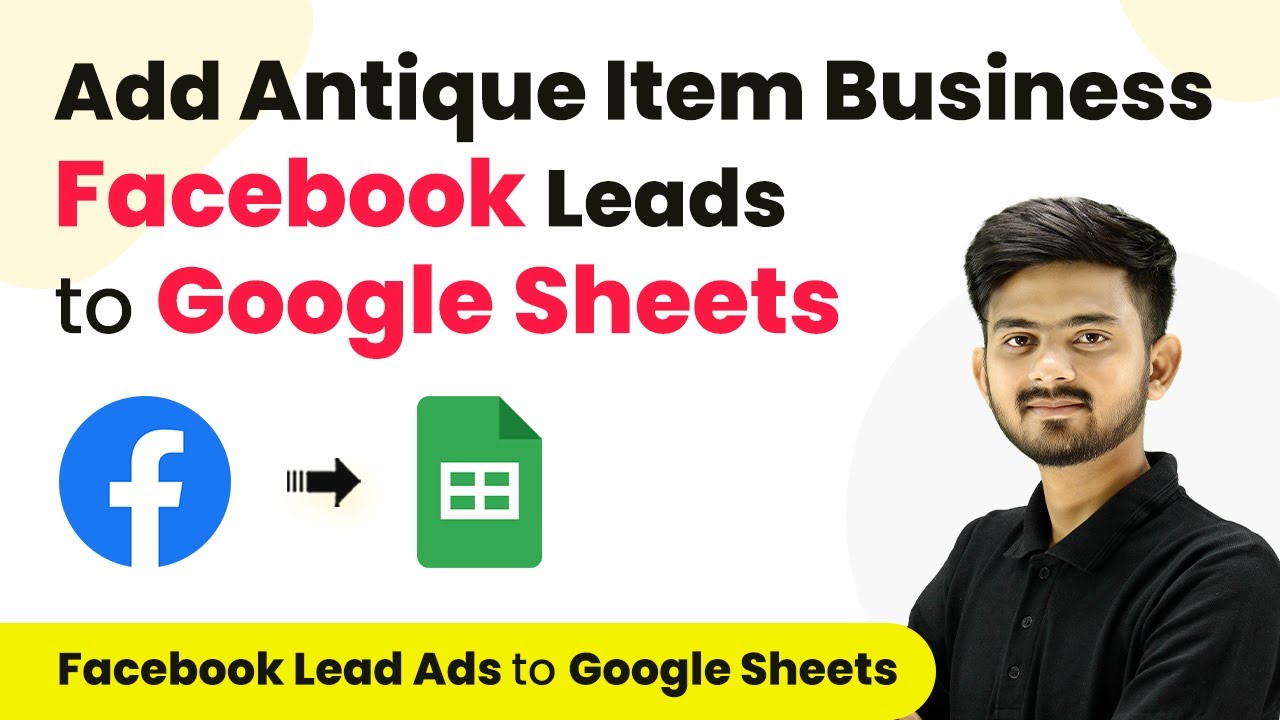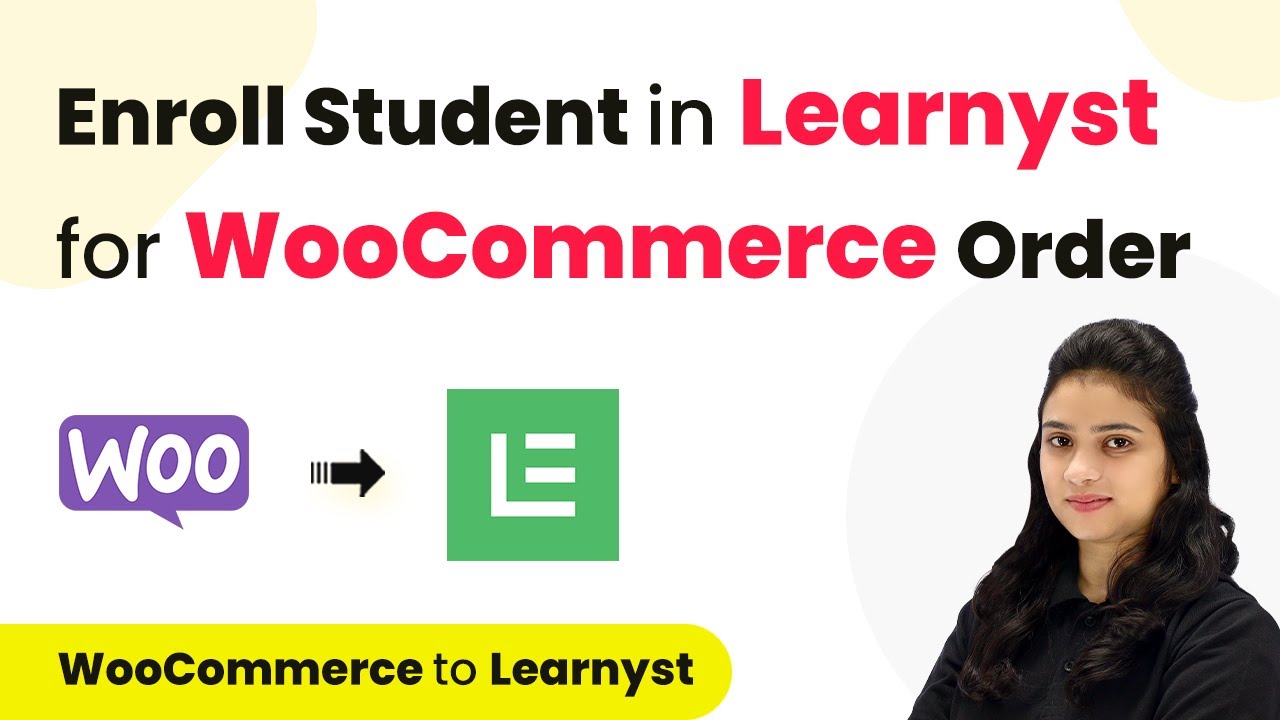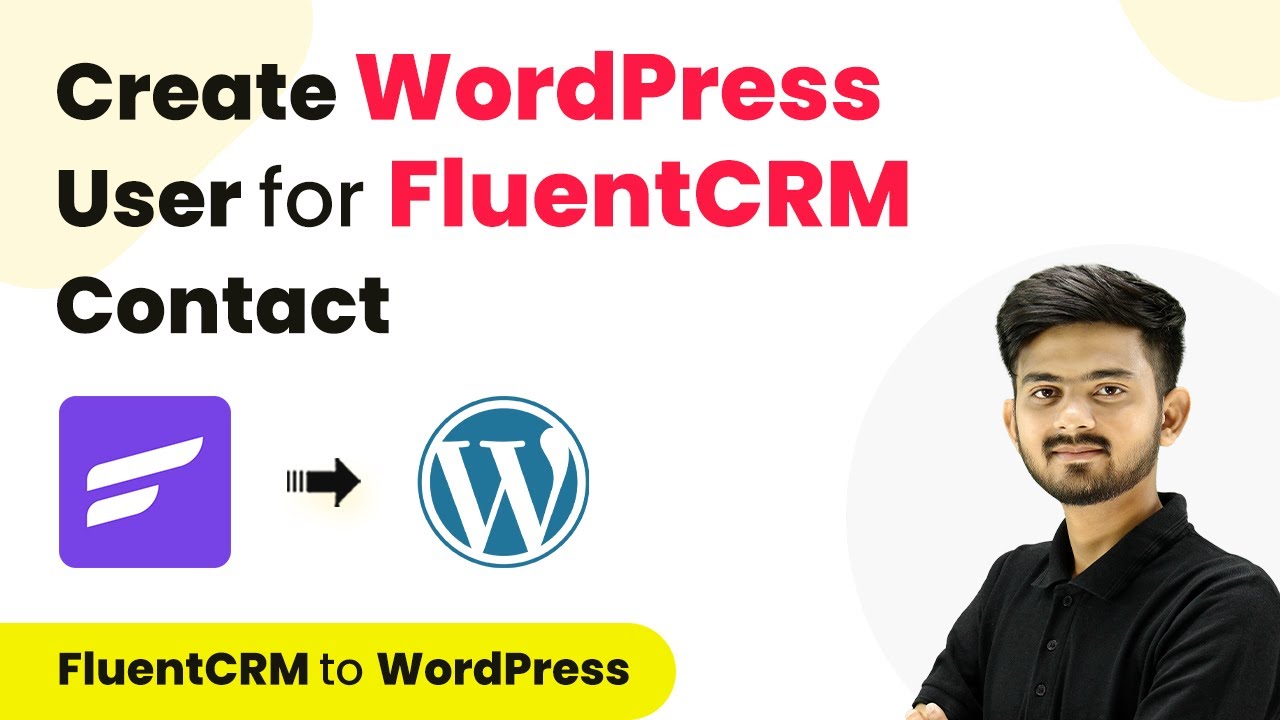Learn how to automate integration between Google Sheets and e-commerce platforms like WooCommerce using Pabbly Connect. Step-by-step guide included. Transform complex automation concepts into accessible, actionable steps that eliminate unnecessary manual work while maximizing existing application capabilities.
Watch Step By Step Video Tutorial Below
1. Accessing Pabbly Connect for Integration
To integrate Google Sheets with your e-commerce platform using Pabbly Connect, start by creating an account. You can sign up for free in just two minutes. Once logged in, you will land on the dashboard of Pabbly Connect.
Click on the blue button labeled ‘Create Workflow’. You will be prompted to name your workflow; for this tutorial, name it ‘Integrate Google Sheets with E-Commerce Platform’. Select your desired folder and click ‘Create’ to proceed.
2. Setting Up the Trigger in Pabbly Connect
In this step, you’ll set the trigger application for your workflow in Pabbly Connect. Choose your e-commerce platform, such as WooCommerce or Shopify, as the trigger application. For demonstration, we will use WooCommerce.
- Select ‘New Order’ as the trigger event.
- Copy the generated webhook URL provided by Pabbly Connect.
- Follow the instructions to add this URL to your WooCommerce settings.
After saving the webhook in WooCommerce, return to Pabbly Connect and click ‘Recapture Webhook Response’ to test the connection. This confirms that the integration is successfully set up.
3. Creating a New Order for Testing
To test the integration, create a new order in your WooCommerce store. This action will trigger the webhook you set up in Pabbly Connect. Navigate to your WooCommerce store and add a product to the cart.
- Fill in customer details during checkout.
- Place the order and confirm the order placement.
- Check Pabbly Connect to see if the order data is captured.
After placing the order, you should see the order details reflected in Pabbly Connect. This indicates that the trigger is working correctly and that the data is being sent to Pabbly Connect.
4. Connecting Google Sheets to Pabbly Connect
Now that you have set up the trigger, the next step is to connect Google Sheets as the action application in Pabbly Connect. Choose ‘Google Sheets’ as the action application and select the action event as ‘Add New Row’.
Connect your Google Sheets account by clicking ‘Sign in with Google’. Select the spreadsheet where you want to store the order data. Map the fields from the WooCommerce order to the corresponding columns in your Google Sheets.
After mapping the fields, click ‘Save and Send Test Request’ to confirm that the data is being sent correctly to your Google Sheets. This step ensures that every new order from your e-commerce platform is automatically recorded in your Google Sheets.
5. Finalizing Your Integration with Pabbly Connect
Once the mapping is complete, your workflow in Pabbly Connect is fully set up. Now, every time a new order is placed in your WooCommerce store, the order details will automatically populate in your specified Google Sheets.
This automation allows you to keep track of all essential order data without manual entry. You can monitor sales, customer details, and product information in real-time, improving your business efficiency.
Remember, Pabbly Connect makes it easy to connect multiple applications and automate your workflows seamlessly. You can expand this integration by adding more actions or connecting additional applications as needed.
Conclusion
In this tutorial, we demonstrated how to integrate Google Sheets with your e-commerce platform using Pabbly Connect. This automation significantly streamlines data management and enhances operational efficiency. With Pabbly Connect, you can easily manage and automate various tasks across different applications.
Ensure you check out Pabbly Connect to create business automation workflows and reduce manual tasks. Pabbly Connect currently offer integration with 2,000+ applications.
- Check out Pabbly Connect – Automate your business workflows effortlessly!
- Sign Up Free – Start your journey with ease!
- 10,000+ Video Tutorials – Learn step by step!
- Join Pabbly Facebook Group – Connect with 21,000+ like minded people!
